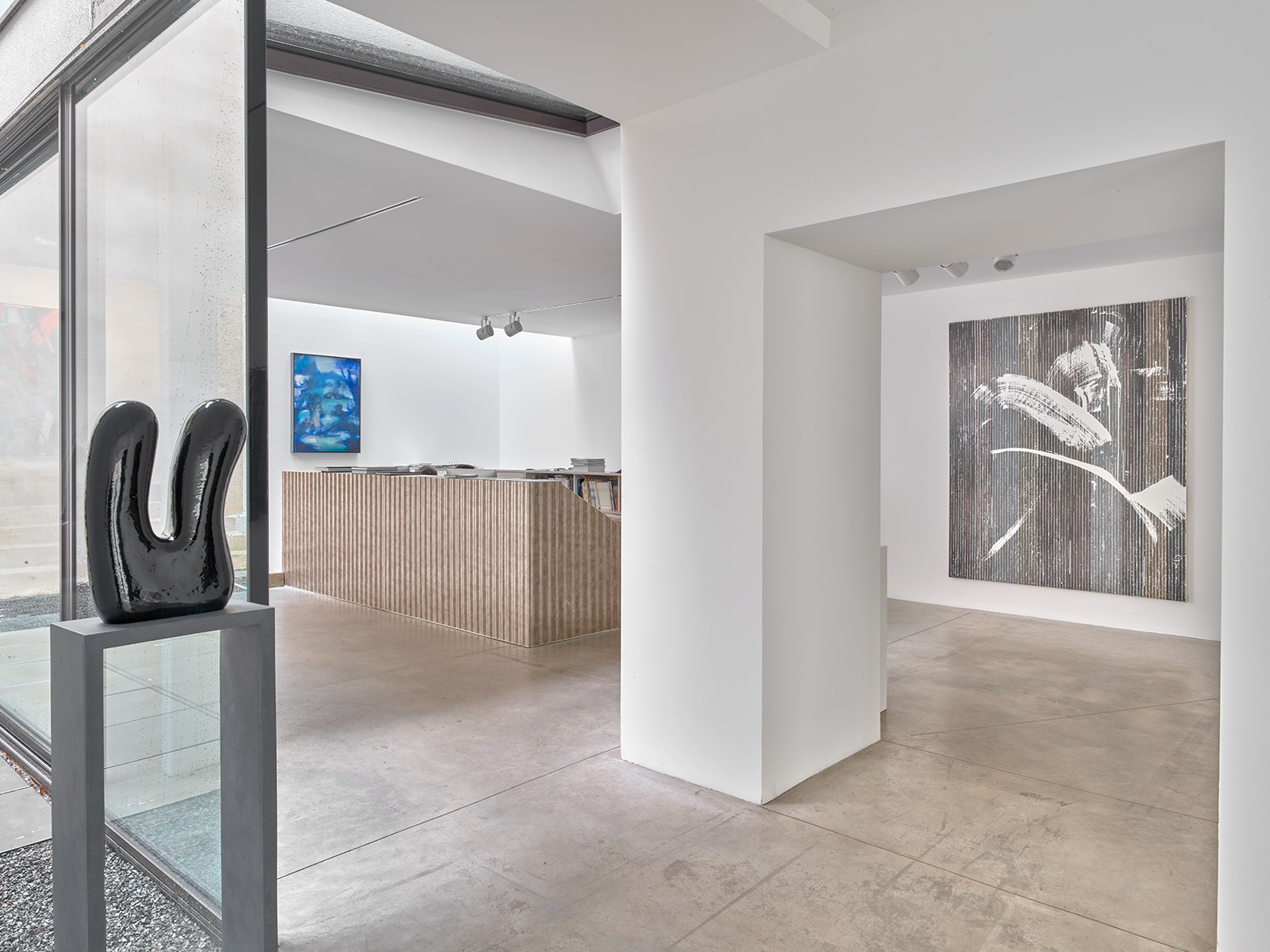
Group exhibition curated by Thomas Zitzwitz.
With Claudia Comte, FORT, Katharina Grosse, Gregor Hildebrandt, Leiko Ikemura, Anselm Reyle, Thomas Zitzwitz
Preview on Wednesday November 6, 2019 from 6pm in presence of the artists.
Exhibition from November 7, 2019 – January 4, 2020
PRESS RELEASE
The Zidoun-Bossuyt gallery is especially pleased to present a group exhibition curated by Thomas Zitzwitz. Under the title Zone Dangereuse the exhibition collates plastic arts by Claudia Comte, sculptures by FORT and paintings by Katharina Grosse, Leiko Ikemura, Anselm Reyle, Gregor Hildebrandt and Thomas Zitzwitz – a very unusual combination of artists who have never before exhibited their works together.
The title of the exhibition quotes a passage from Boris Vian’s surrealistic masterpiece, L’Ecume des jours (1947), in which a pair of lovers takes a walk during which they are ensconced in a pink cloud. But as they make their way through an underpass, the cloud disappears and they are defencelessly exposed to the underground hazard zone. Only once they have passed through the equally erotic and absurd underpass does the cloud return to ensconce them once again. Vian describes this zone dangereuse as follows: “Le souterrain était bordé des deux côtés par une rangée de volières de grandes dimensions, où les Arrangeurs Urbains entreposaient les pigeons-de-rechange pour les Squares et les Monuments. Il y avait aussi des pépinières de moineaux et des pépiements de petits moineaux. Les gens ne descendaient pas souvent dedans parce que les ailes de tous ces oiseaux faisaient un courant d’air terrible où volaient de minuscules plumes blanches et bleues. (…) Ils se hâtèrent et sortirent de la zone dangereuse. Le petit nuage ne les avait pas suivis. Il s’était acheminé par le raccourci et les attendait déjà à l’autre extrémité.”
The way in which the poetic reshaping of reality keeps all hazards at bay here, by offsetting the contradictions in a delicate balance and allowing a poetic magic to arise from reality, motivated Zitzwitz to adopt Vian’s words. Because the artworks collated in the exhibition also epitomise what Vian describes in their respective different ways. They envelop the observer in beautiful froths, thereby allowing them to slip out of the confines of everyday drudgery into the paradis artificiel of art. In so doing, they sometimes even appear to motivically connect with the novel and some of the works were actually specifically created for this exhibition. For instance, for his paintings Hildebrandt used audio tapes on which a song from the film version of the novel is recorded, thus enmeshing his interpretation of the subject with two other interpretations and creating an interplay between three different types of media. Ikemura’s works appear to depict Vian’s Froth on the Daydream or the pink cloud. And FORT’s sculpture of a sun clamped in a radiator evokes the image of this star in the novel that always closely follows the pair – for as long as they are happy – and that always distances itself again when their fate changes. Or should it be the other way around?
However, the curator’s primary concern is to pit the imagination of art against the threats of the present by exhibiting artworks that enchant. This enables the works to tap into the surrealism of the novel. Comte’s fruit and donut of marble superelevate the mundane, not only by something wonderful, but by also appearing to endow it with magical powers that fend off all things bad. They therefore combine the merveilleux quotidien of the surrealists with the apotropaia, the magical protective objects of the ancient world, and Comte also bases his works on their design idioms. The paintings of Zitzwitz appear to be coloured surfaces that are folded into each other. This disperses the image area and the observer is immersed in an infinitely interwoven labyrinth of surfaces and spaces that allows him to forget where the difference between reality and illusion lies. This shimmering of perception is elevated to a hallucinatory fantasy thanks to the flower fragrance that emanates from some of the paintings.
A further inspiration for the exhibition is Aldous Huxley’s novel Brave New World (1932), in which Huxley paints an oppressive picture of the future of contemporary industrial society. The paradises of art have also disappeared from this brave new world, to be replaced by cheap highs delivered by the drug soma. The works of Grosse and Reyle pick up on this; however, they lead the somatic high back into art. I.e. in that they offer a physically ecstatic experience, but then break it. In Grosse’s paintings, observers can become lost in an ecstasy of colours. But, insofar as the works depict a world with no background, it can appear to the observer that he is losing the third dimension himself, with the result that his body tips into the surface. In Reyle’s works, the world becomes flatter too, but it is at least staggered to the extent that the impression of depth still remains. In an attempt to pass through them, they emerge as an illusion. The observer collides with the screen. In this manner, the artists weave disenchantment into the ecstasy. Their art offers escapism, but the energy this creates is directed back to the observer – and the world from which he was so anxious to flee. The exhibition not only contrasts the current experience of a crisis or hazard with poetic reshaping, but also continuously links these artistic fantasies back to reality.
Text of the exhibition by Björn Vedder.

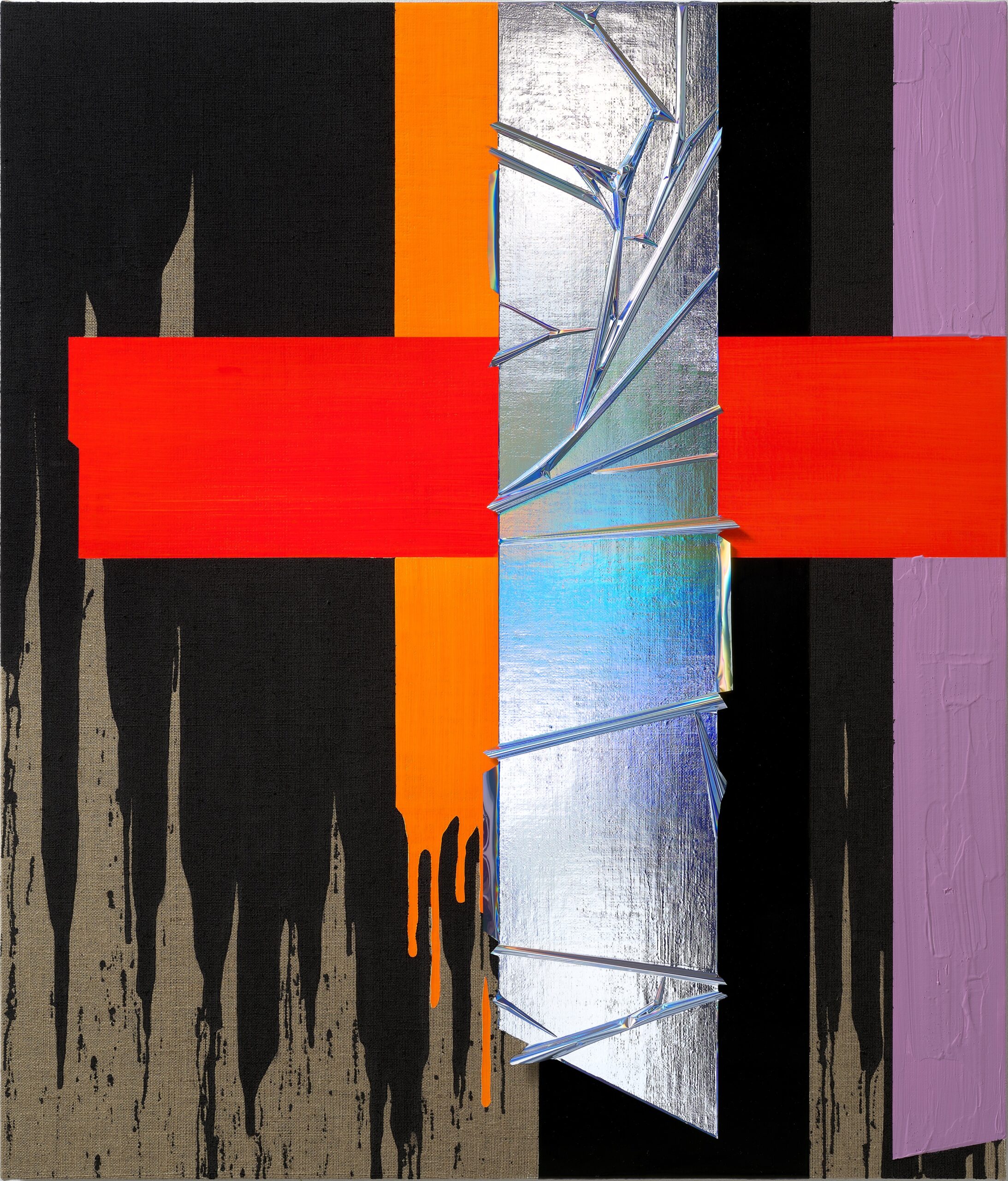
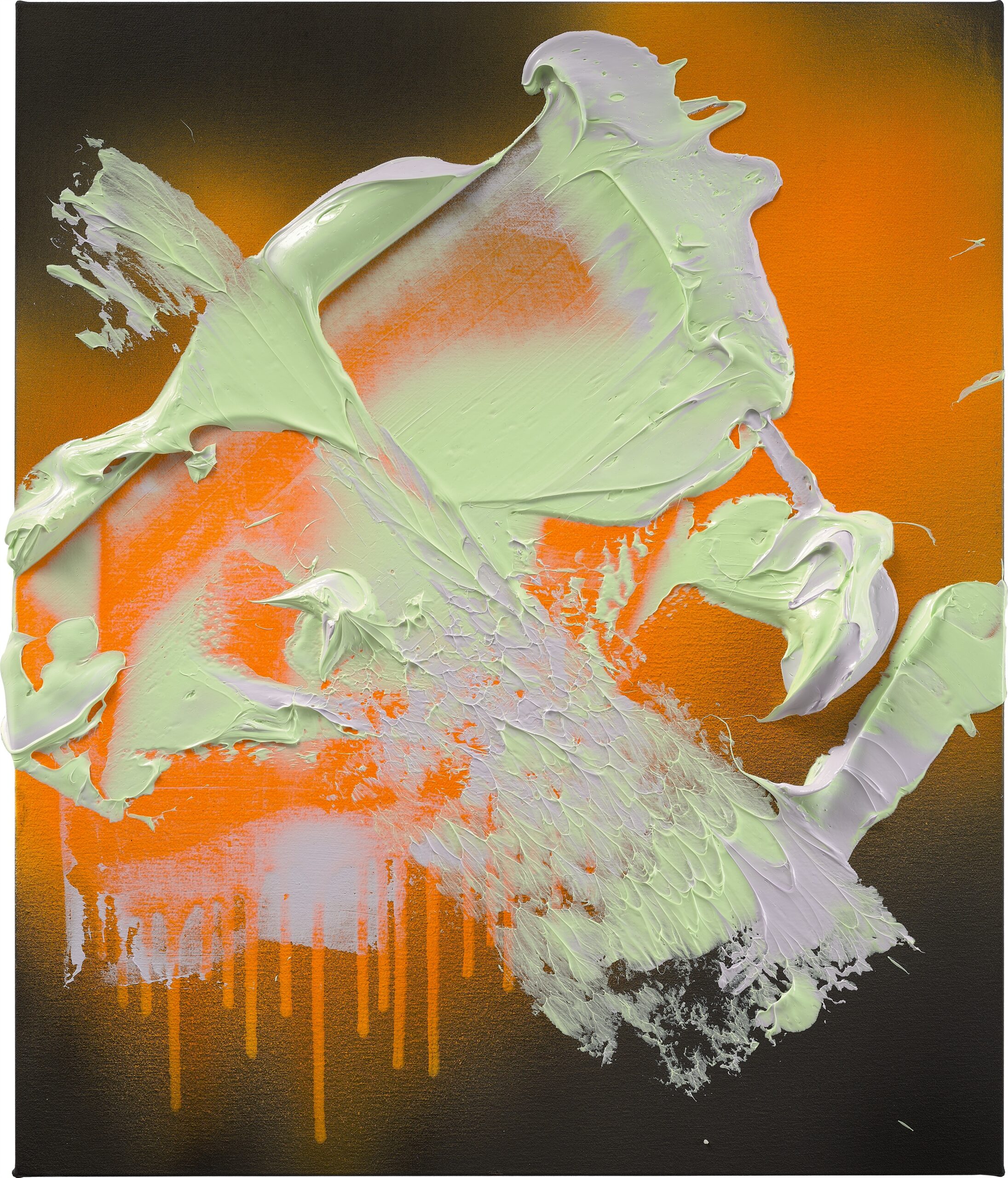


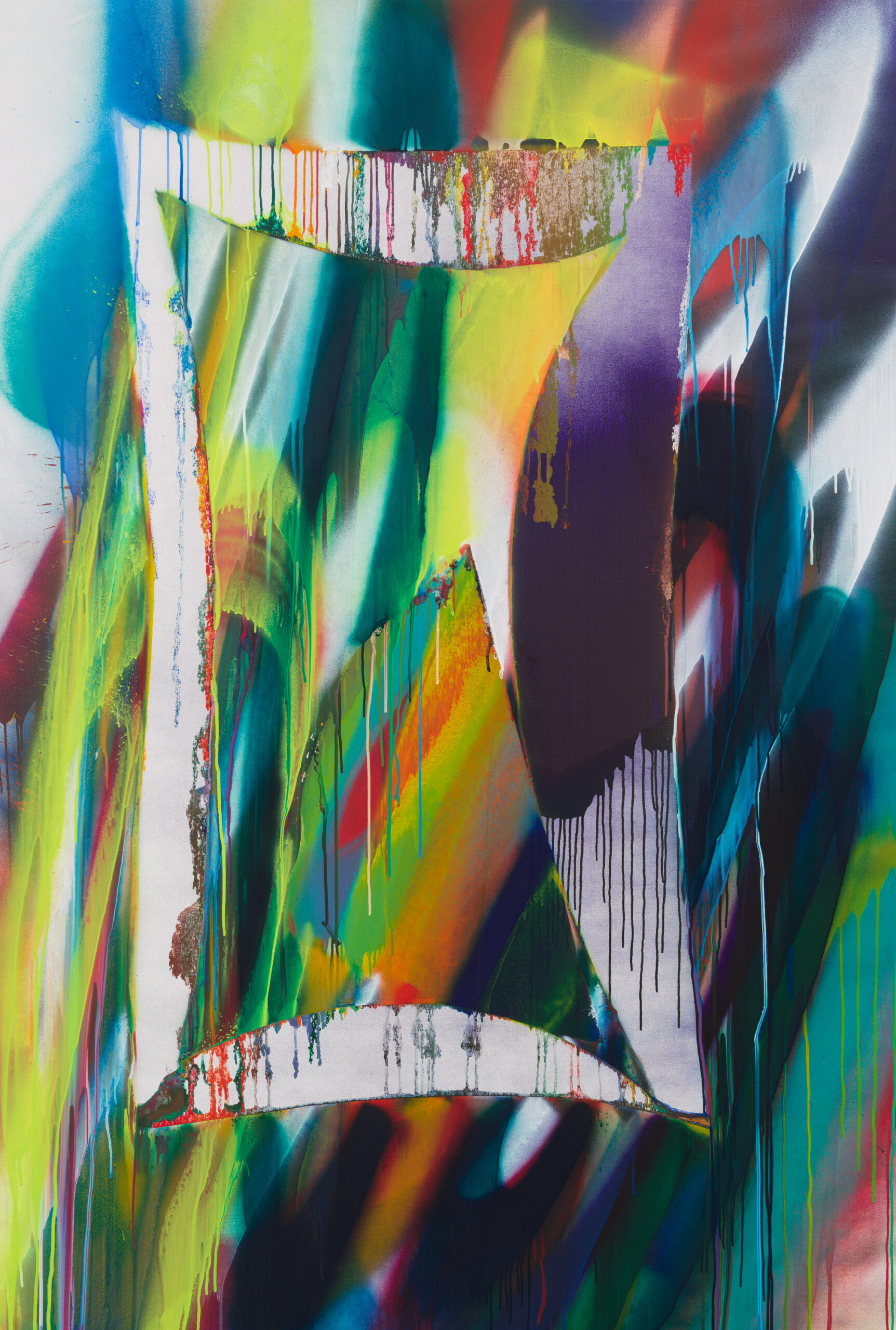
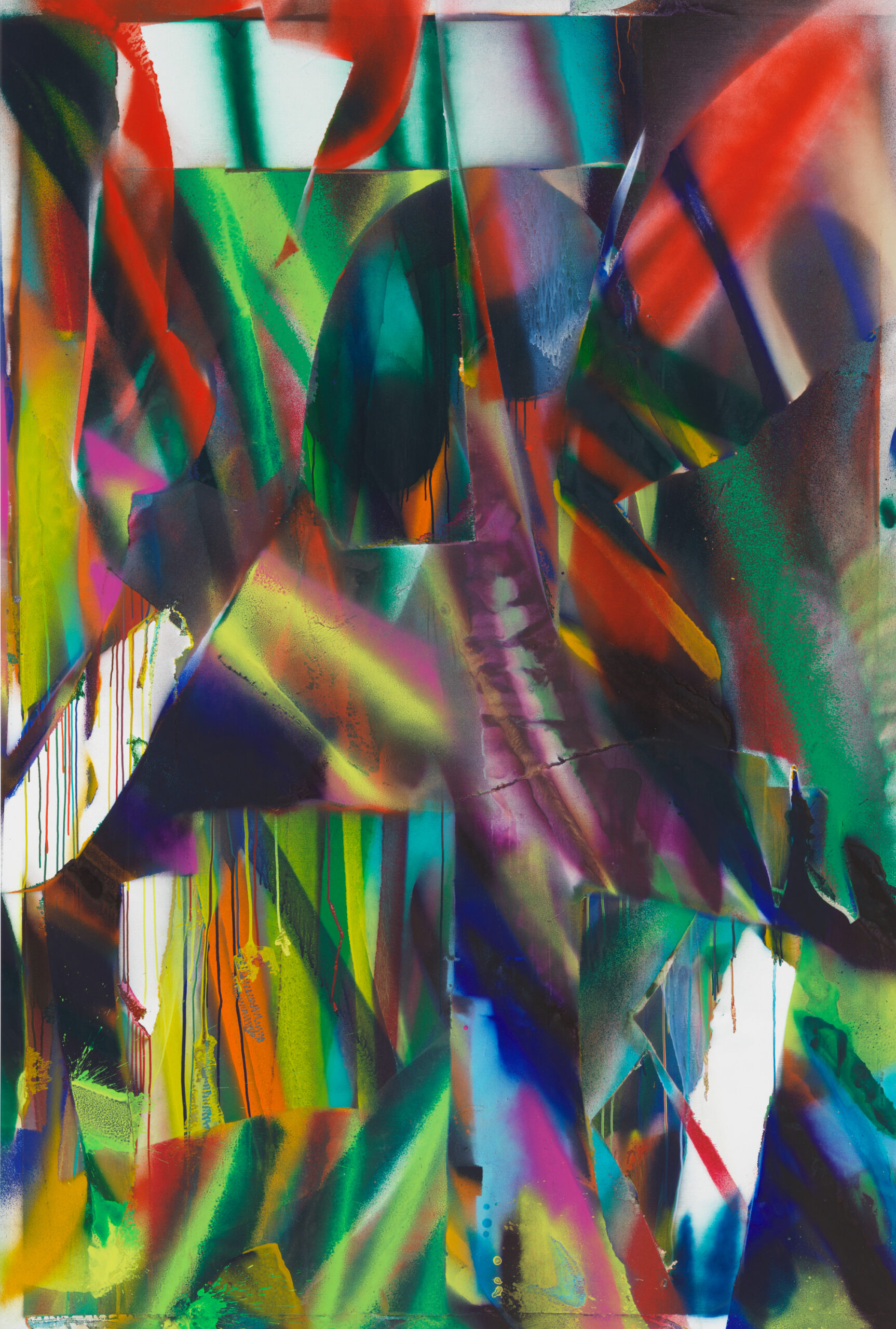
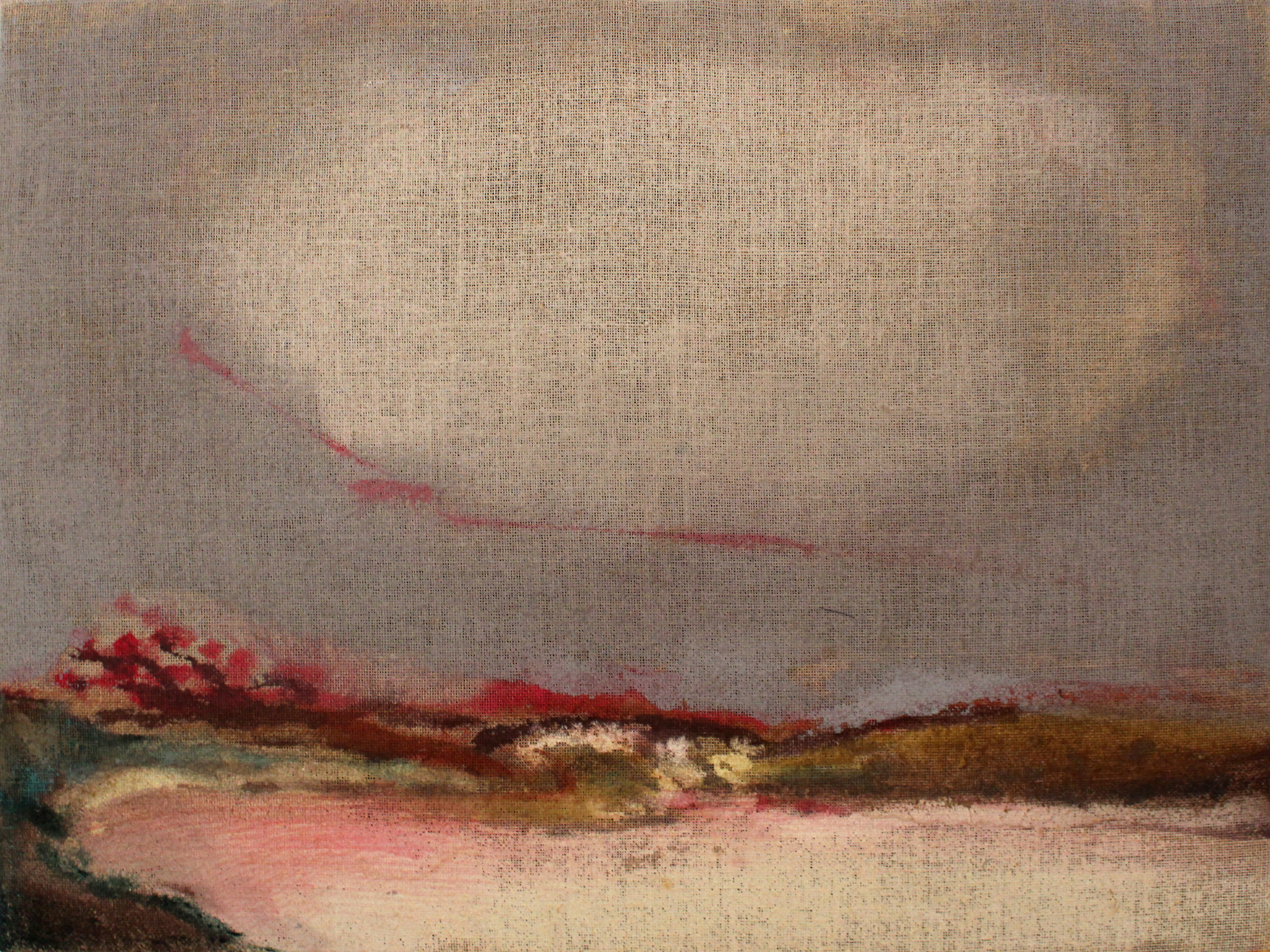
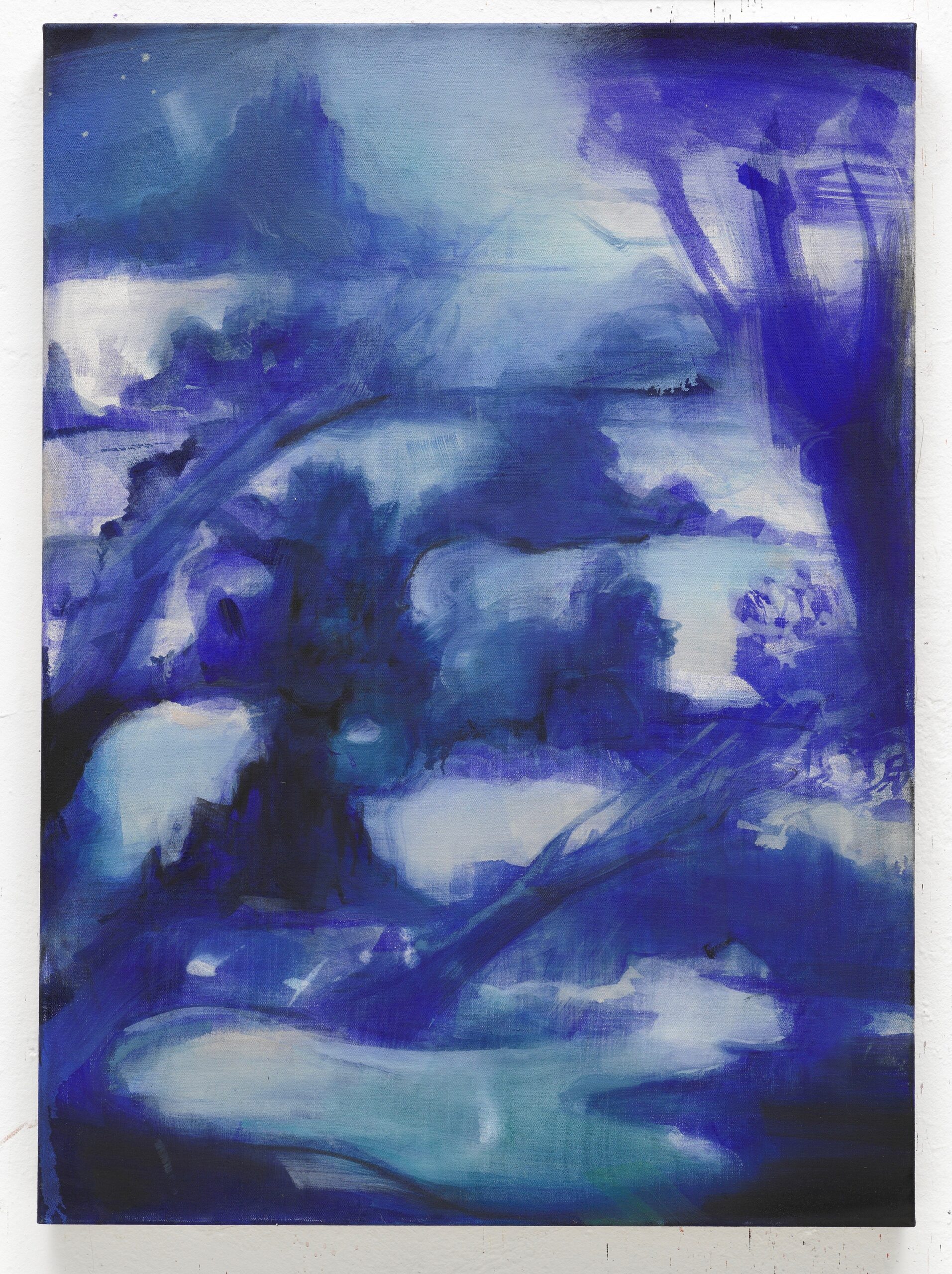

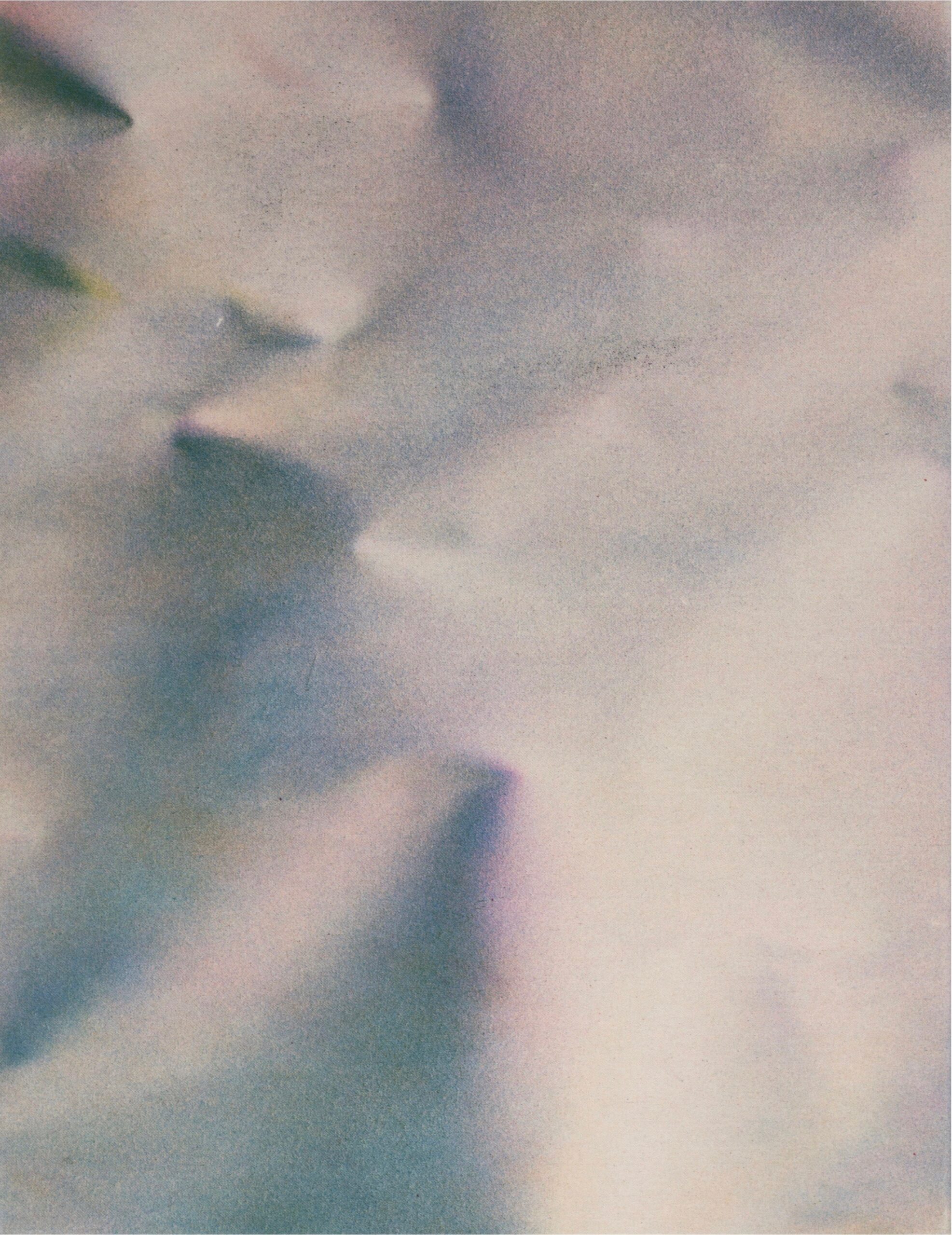
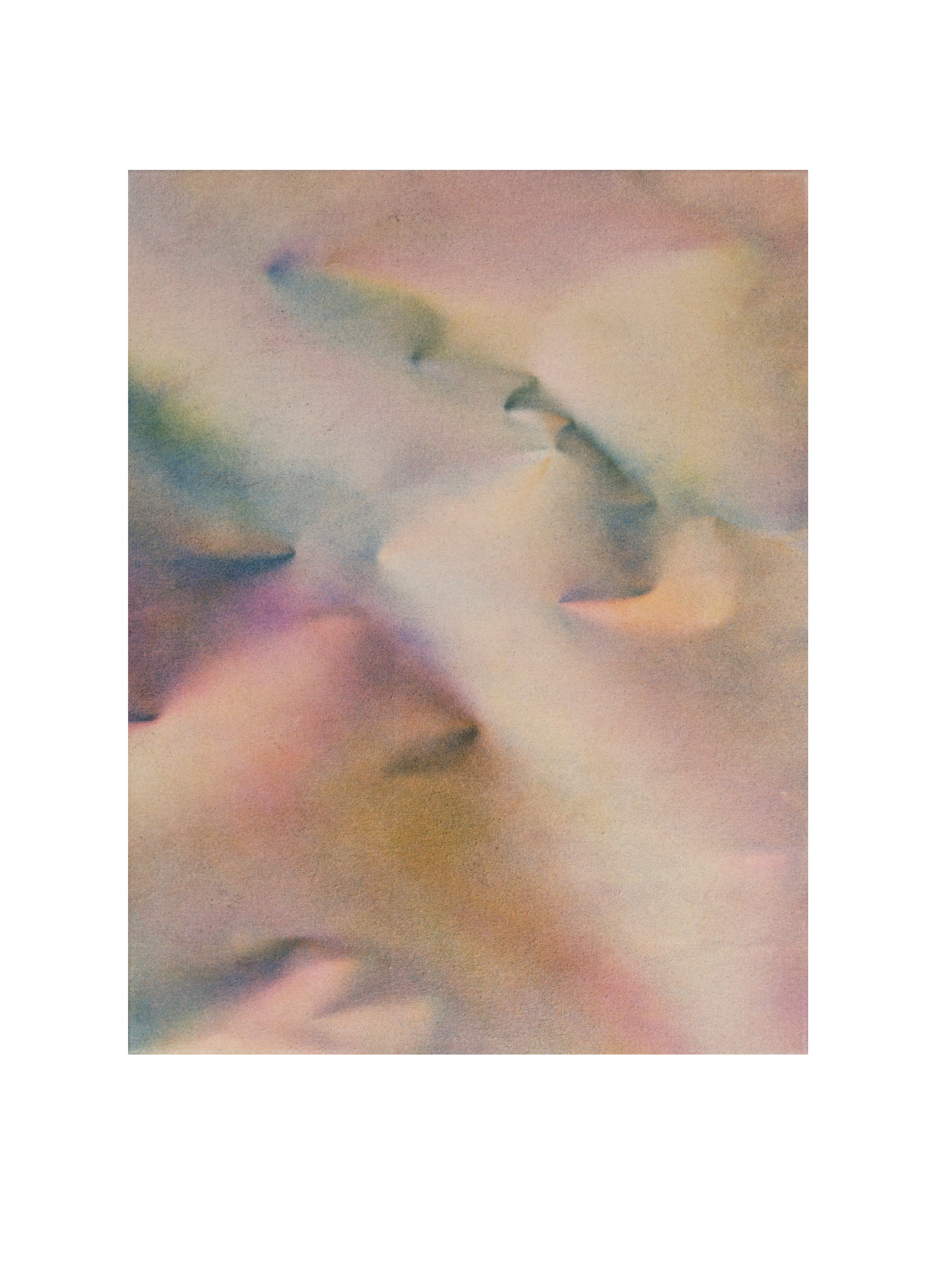


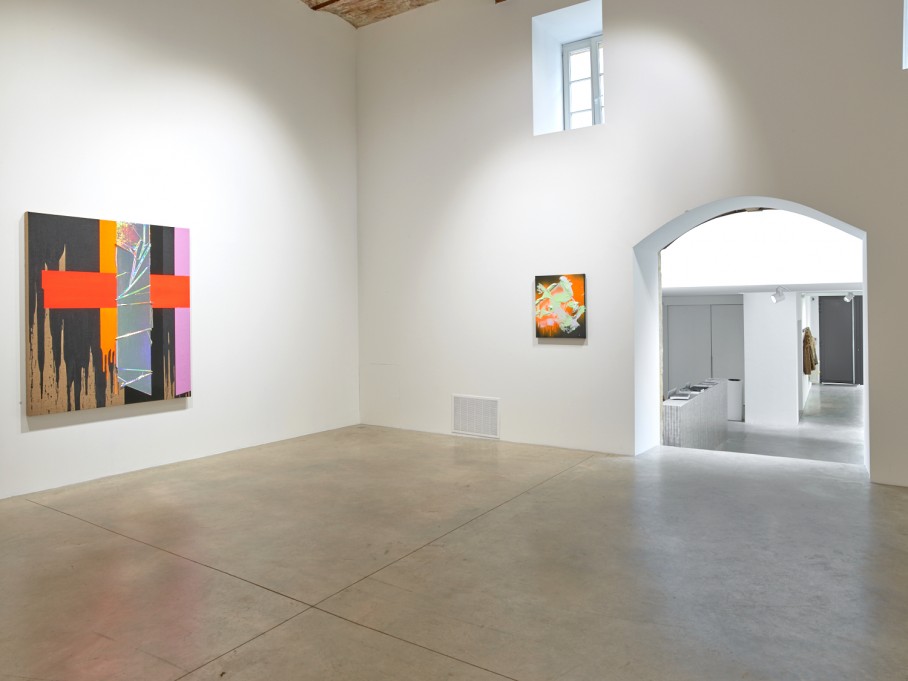
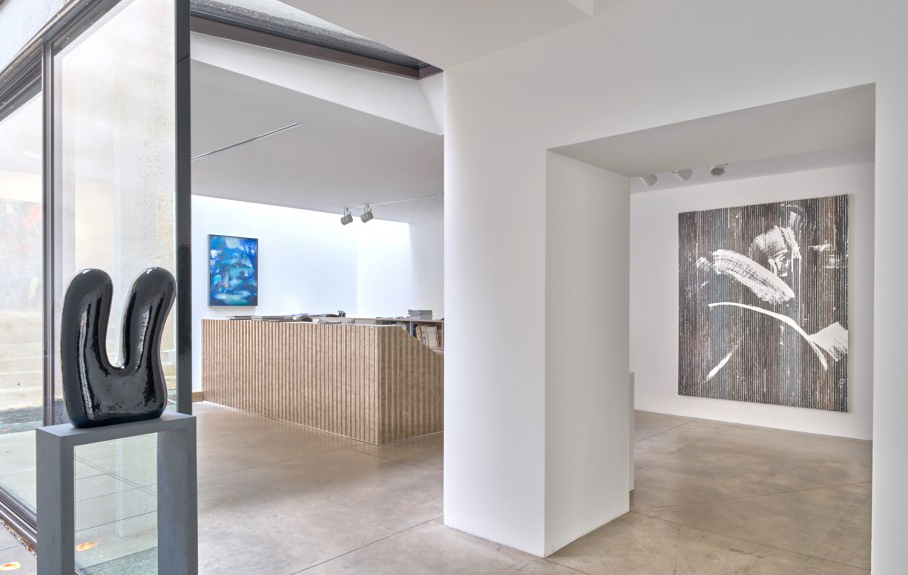
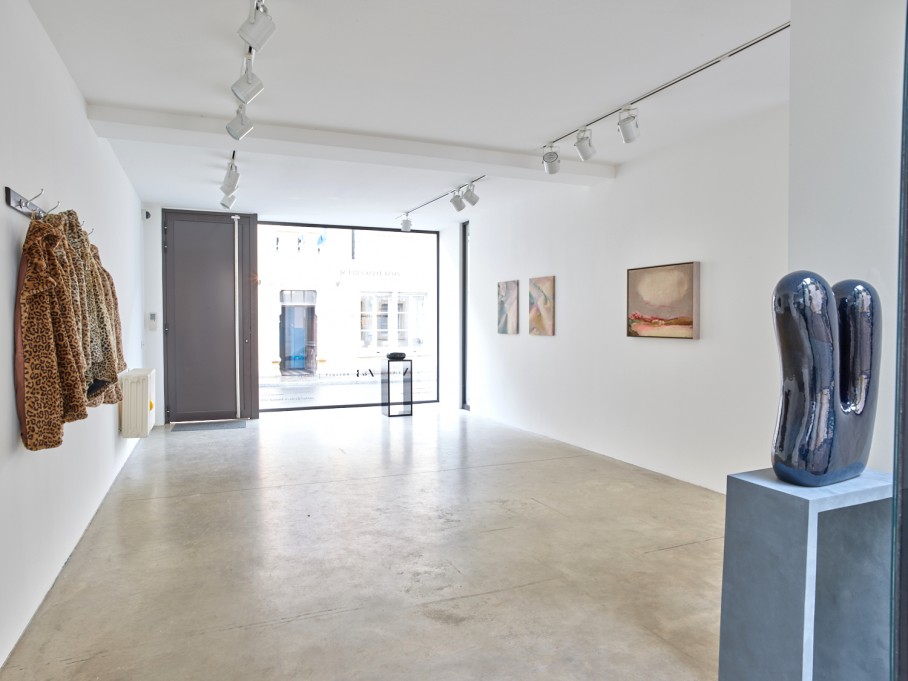
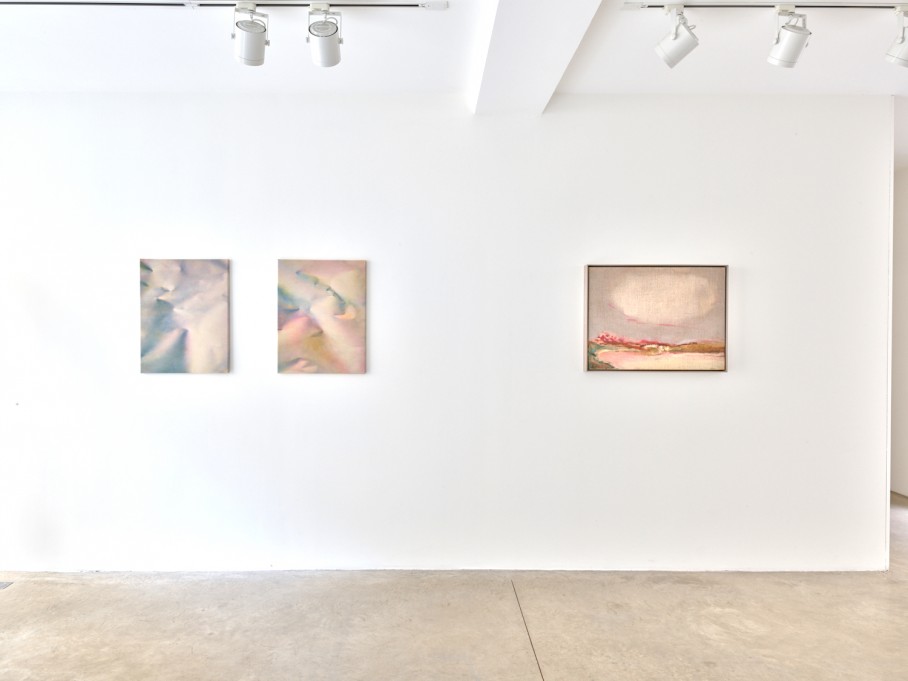
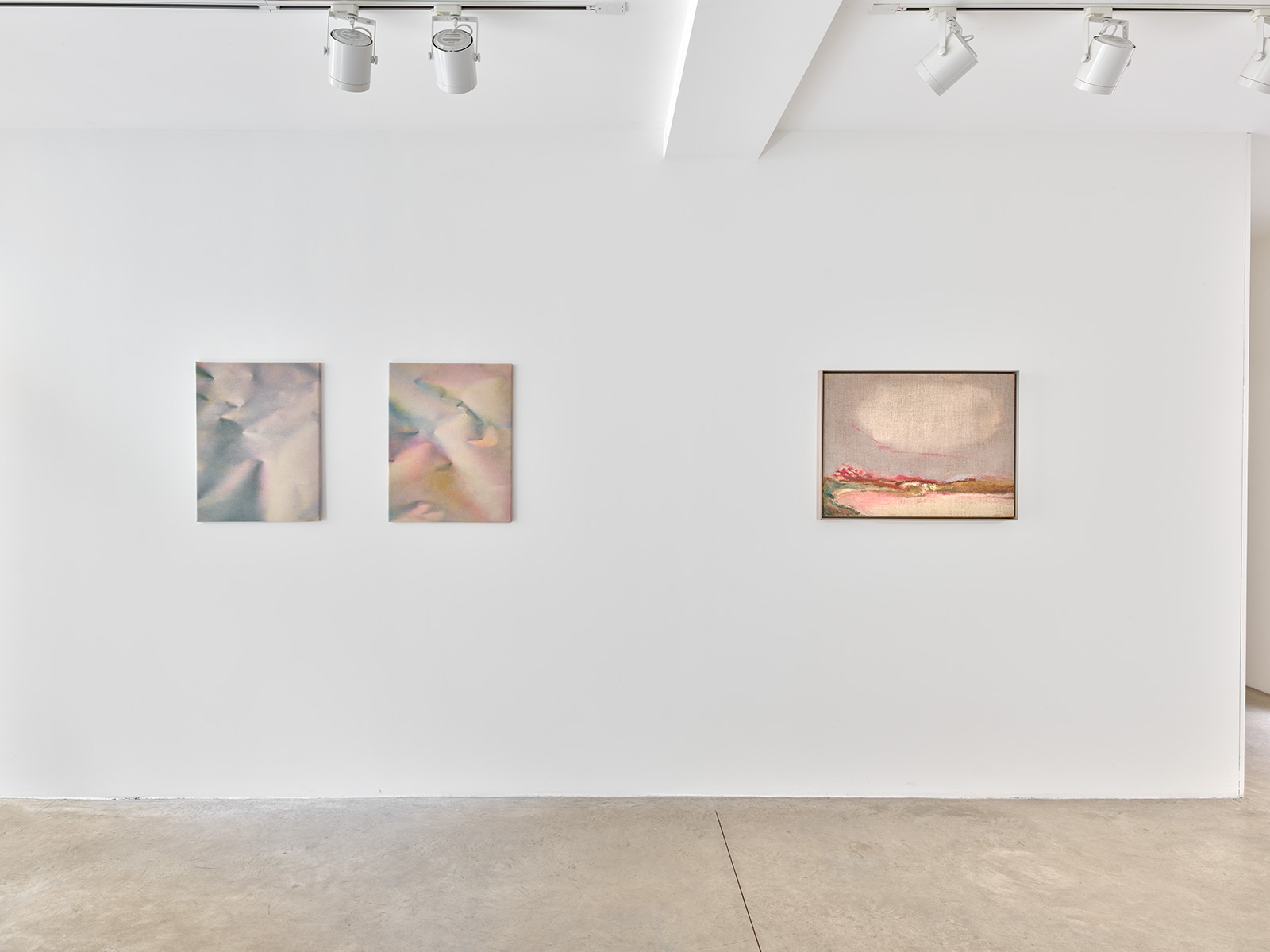
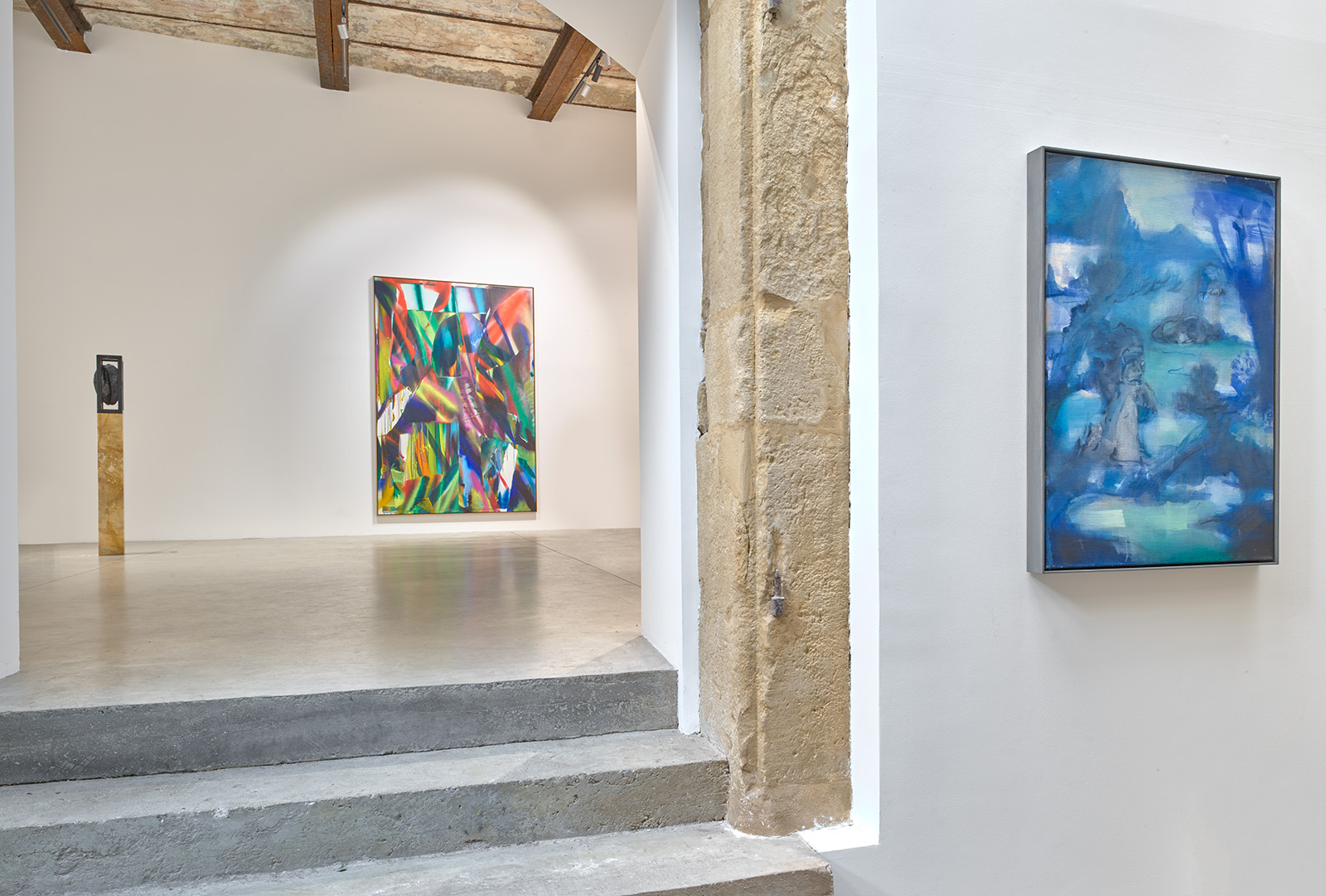

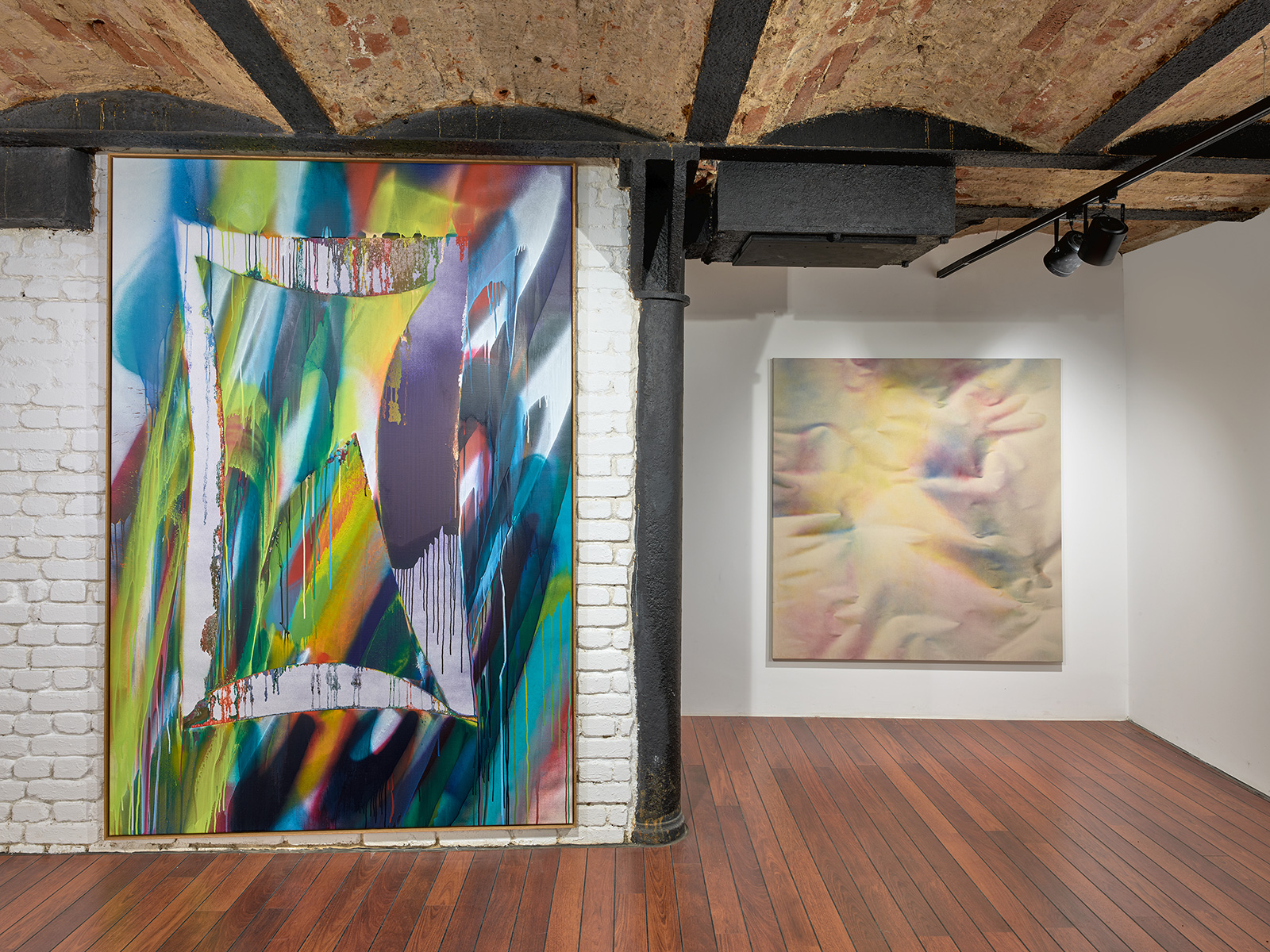

 UP
UP